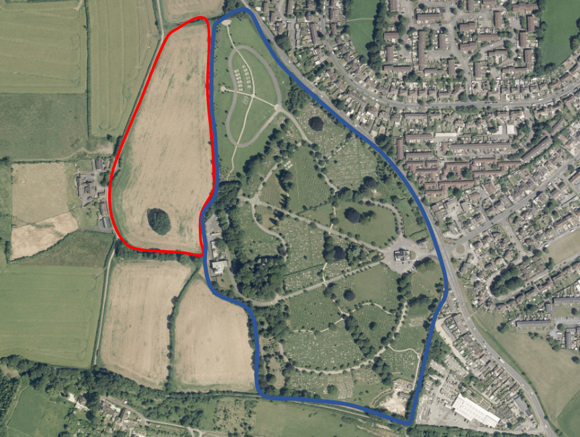About this page
How this part of the Local Plan Options Document works
These Development Management policy option pages contain the following sections:
Policy background
- Relevant national policy or regulations
- National or regional trends
- Local situation and needs/li>
- How we have dealt with this issue in the past
- The thinking behind the policy
Policy options for the new Local Plan
We may suggest a variety of approaches:
- Keeping existing policy as it is
- Making small changes
- Replacing the policy with something that is substantially different
- Identifying factors or events which may affect this policy in the future
Policy option analysis
- A list of the advantages and disadvantages that we have identified for each of the policy options we are presenting.
View the Topic Paper on Healthy and Vibrant Communities for in-depth focus about this topic, and the evidence which informs our policy. Visit our library of Local Plan Options supporting documents to learn more.
Explore the policy
Select a section below to read more.
9.312 The Council owns and manages Haycombe Cemetery, on the edge of Bath, and Harptree Cemetery and is responsible for the maintenance for 30 closed cemeteries. Others are owned and managed by the Town and Parish Councils or Parochial Church Councils. Land has been safeguarded in the previous Local Plan for the extensions to cemeteries identified to ensure future needs are met at Haycombe Cemetery and the cemetery at Eckweek Lane which is managed by the parish council. The land that was safeguarded in Haycombe is now in use.
9.313 Haycombe and the Durley Hill cemeteries are both in the Green Belt. The NPPF confirms that provision for cemeteries in the Green Belt is not inappropriate development providing it preserves the openness of the Green Belt and does not conflict with the purposes of including land within it.
9.314 The council has identified land to the west of Haycombe cemetery to be used to expand Haycombe cemetery. The Policies Map can be amended to include this land as safeguarded land for cemetery use. The area of land is outlined on the diagram below.
Figure 63: Map showing area that could be safeguarded for cemetery use
9.315 The land identified to be safeguarded will need to take account of the existing landscape sensitivities of the area and care would need to be taken to preserve the landscape character. Haycombe is located within the World Heritage Site and any further expansion of the cemetery would need to take account of the impact the World Heritage Site and its setting. The policy requirement should ensure that development is in a form which minimises and mitigate impact on the landscape setting.
Option A
Retain the existing policy and safeguard no further land.
Advantages of Option A
The openness of the green belt and setting of the World Heritage Site is retained.
Disadvantages of Option A
If further burial capacity is needed then the land required will not have been safeguarded meaning the need may not potentially be met.
Option B
Through the council’s bereavement services identify and assess if the identified land at Haycombe should be safeguarded for use as additional burial capacity.
Advantages of Option B
Any expansion of cemeteries will be facilitated through safeguarding land thereby providing additional burial capacity for the district.
Disadvantages of Option B
If land were to be allocated at Haycombe further expansion into the green belt may harm the openness of the green belt and the World Heritage Site and its setting, albeit such harm should be minimised and mitigated through the policy requirements.

